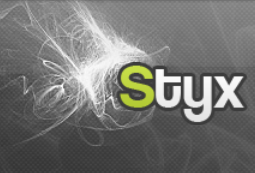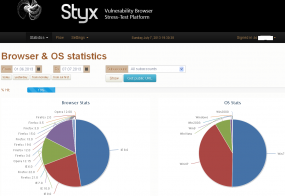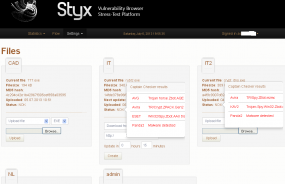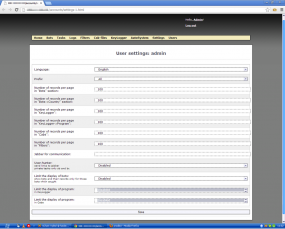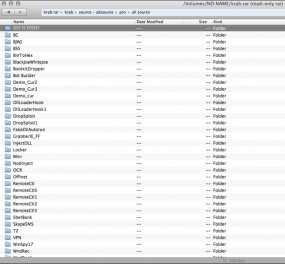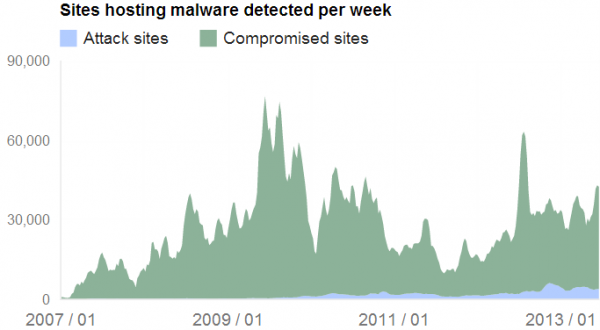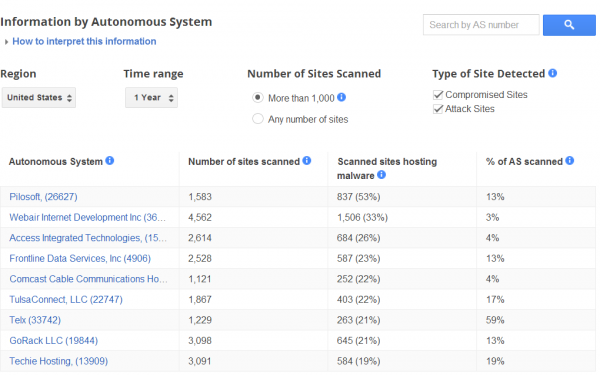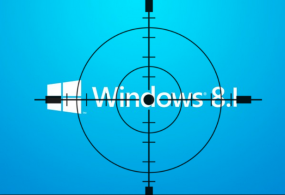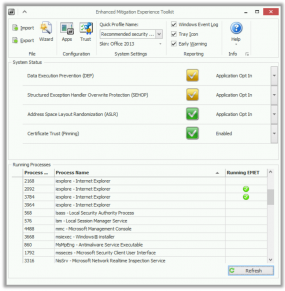One of the more time-honored traditions at DEF CON — the massive hacker convention held each year in Las Vegas — is “Spot-the-Fed,” a playful and mostly harmless contest to out undercover government agents who attend the show.
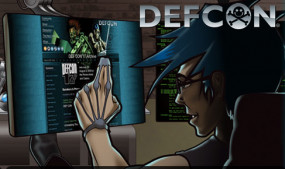 But that game might be a bit tougher when the conference rolls around again next month: In an apparent reaction to recent revelations about far-reaching U.S. government surveillance programs, DEF CON organizers are asking feds to just stay away.
But that game might be a bit tougher when the conference rolls around again next month: In an apparent reaction to recent revelations about far-reaching U.S. government surveillance programs, DEF CON organizers are asking feds to just stay away.
In a brief blog post published this evening at the DEF CON Web site titled, “Feds, We Need Some Time Apart,” DEF CON owner and hacker-in-chief Jeff Moss (a.k.a. “The Dark Tangent”) suggested it was probably in the best interests of the feds to make themselves scarce at this year’s con.
“For over two decades DEF CON has been an open nexus of hacker culture, a place where seasoned pros, hackers, academics, and feds can meet, share ideas and party on neutral territory. Our community operates in the spirit of openness, verified trust, and mutual respect.
When it comes to sharing and socializing with feds, recent revelations have made many in the community uncomfortable about this relationship. Therefore, I think it would be best for everyone involved if the feds call a ‘time-out’ and not attend DEF CON this year.
This will give everybody time to think about how we got here, and what comes next.”
It’s been a while since DEF CON was a place where feds really had to watch their backs. I didn’t have the privilege to attend the first DEF CON 21 years ago, but it’s safe to say that relations between the hacker community and the feds were for many years colored by a sense of mutual antagonism and mistrust.
Much of that attitude seemed to have changed in the wake of 9/11, and for the past decade the relationship between the two camps has thawed and even warmed quite a bit. Intelligence and law enforcement agencies have come to find the conference a reliably fertile and lucrative grounds for recruiting talent. Heck, things had improved so much by this time last year that the conference’s keynote was given by none other than Keith Alexander, the director of the National Security Agency.
Now with the NSA in the hot seat over allegations of broad and intrusive electronic eavesdropping programs directed at U.S. citizens and our allies abroad, it remains to be seen whether officials from the NSA, CIA or other three-letter agencies will make any strong or sustained showing at this year’s gathering. But in any case, this announcement from DEF CON should serve as a fair warning to feds who do decide to stick around past Black Hat, a more corporate and fed-heavy conference that directly precedes DefCon: Spot-the-Fed could well turn into a hack-the-fed competition.




